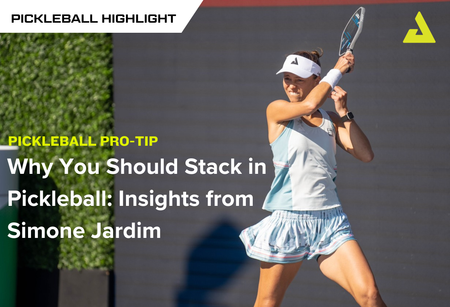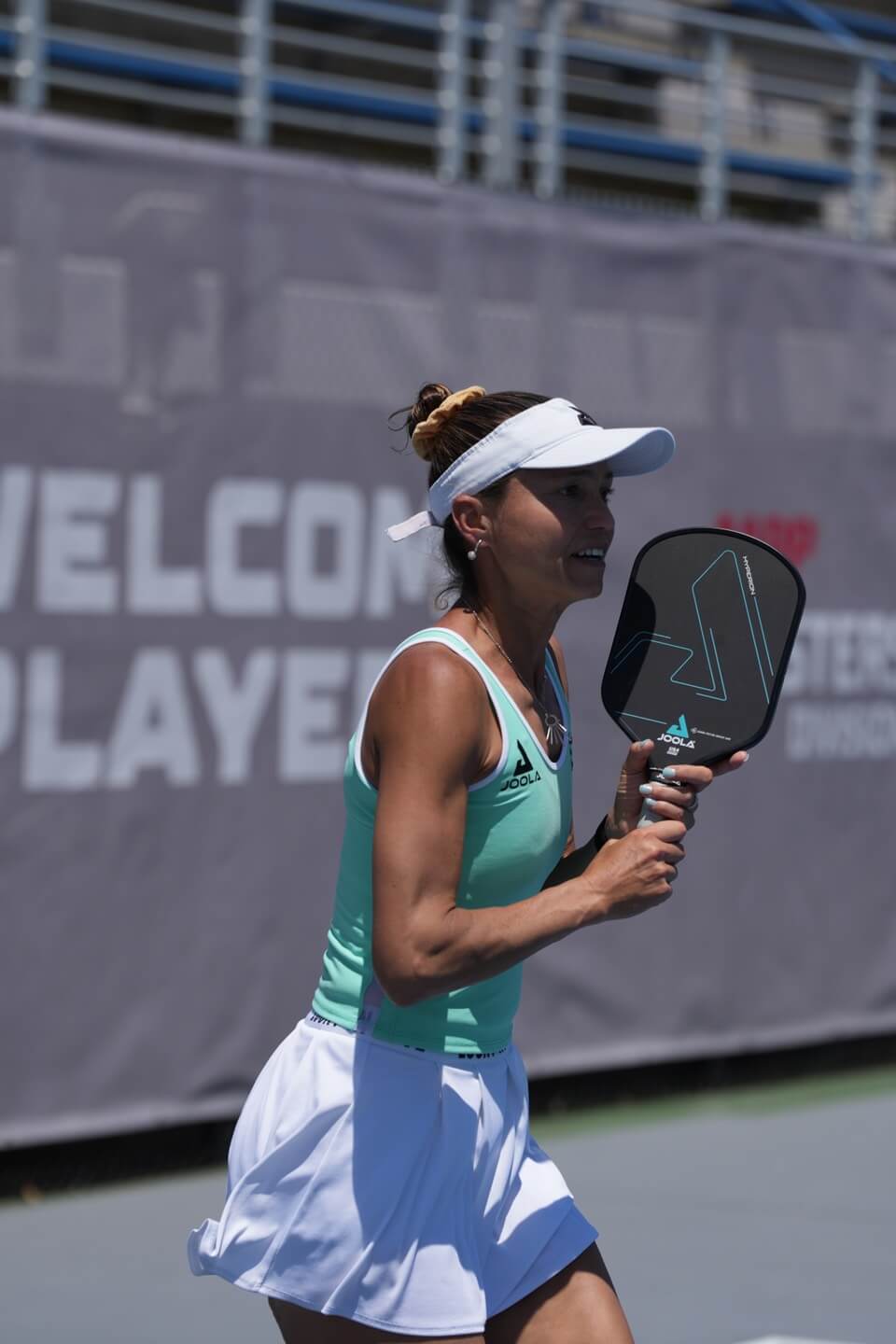
Why You Should Stack in Pickleball: Insights from Simone Jardim
Today, we’re diving into a topic that's been buzzing around the pickleball community, especially with the rise in competitive play: stacking in doubles. Whether you’re a seasoned player or just starting out, understanding why and how to stack can elevate your game. Here, Simone Jardim discusses the nuances of this strategy and why it’s becoming a staple in professional pickleball.
What is Stacking?
Stacking is a strategy used in doubles where players position themselves in a way that allows each to play their preferred side of the court. This often involves one player on the right and the other on the left, regardless of who serves or receives. The goal is to optimize each player's strengths and maintain consistent positioning throughout the match.
Personal Preferences and Strengths
One of the primary reasons for stacking is to play to each player’s strengths. For instance, in my partnership with Paris, we stack because I prefer the left side while Paris excels on the right. This alignment allows us both to play to our strengths. I enjoy the left side as it complements my aggressive middle play and my backhand dink, which I feel confident with.
Positional Advantages
Playing on specific sides can offer tactical advantages. For players on the left, there’s a natural tendency to develop strong cross-court dinks and be aggressive through the middle. This positioning often favors players with a strong backhand, allowing them to control the pace and direction of play effectively.
On the right side, the focus shifts slightly. Players need to be agile and ready to counterattack, often with their backhand. This side requires a good balance of defense and the ability to pivot quickly for counters. If a player favors their forehand excessively, it can leave the middle exposed, causing potential vulnerability.
Strategic Specialization
As pickleball continues to grow, we see more specialization, akin to other racket sports like tennis and padel. In tennis, players often specialize as deuce or ad side players. Similarly, in padel, players commit to the right or left side. This specialization is now making its way into pickleball, where partnerships are formed with a clear understanding of each player’s strengths and preferences. By stacking with your partner, you're able to optimize both of your strengths by playing the side that you may be more specialized in.
Reducing Weaknesses
Stacking helps mitigate weaknesses. For instance, if a player is less comfortable on one side, stacking ensures they remain on their preferred side throughout the match, reducing the chances of being out of position or making unforced errors. This consistent positioning helps in maintaining a robust defense and a potent offense.
Increased Professionalism
The trend towards stacking is also a sign of the sport’s growing professionalism. Teams are now planning their matchups well in advance, ensuring that each player is in the best possible position to succeed. This strategic foresight is crucial as the level of competition increases.
Final Thoughts
Stacking is more than just a positioning strategy; it’s about maximizing each player’s potential and creating a cohesive, strategic unit on the court. As pickleball continues to evolve, embracing such strategies will be key to staying competitive.
If you have more questions about stacking or want to see it in action, check out Simone's older video on this topic.

Share:
Leave a comment
Your email address will not be published. Required fields are marked *



